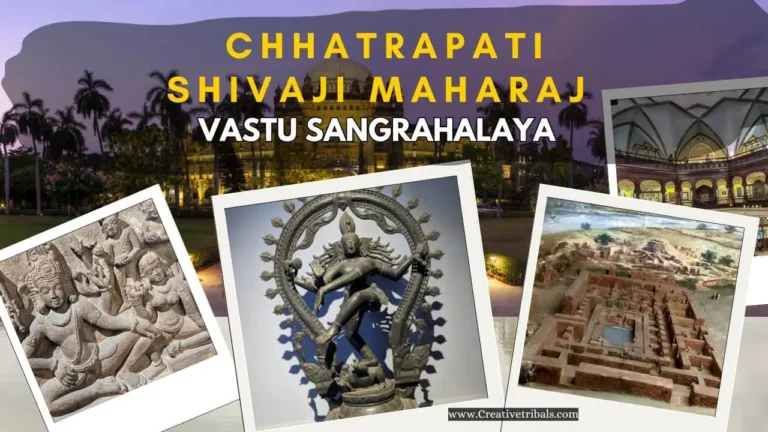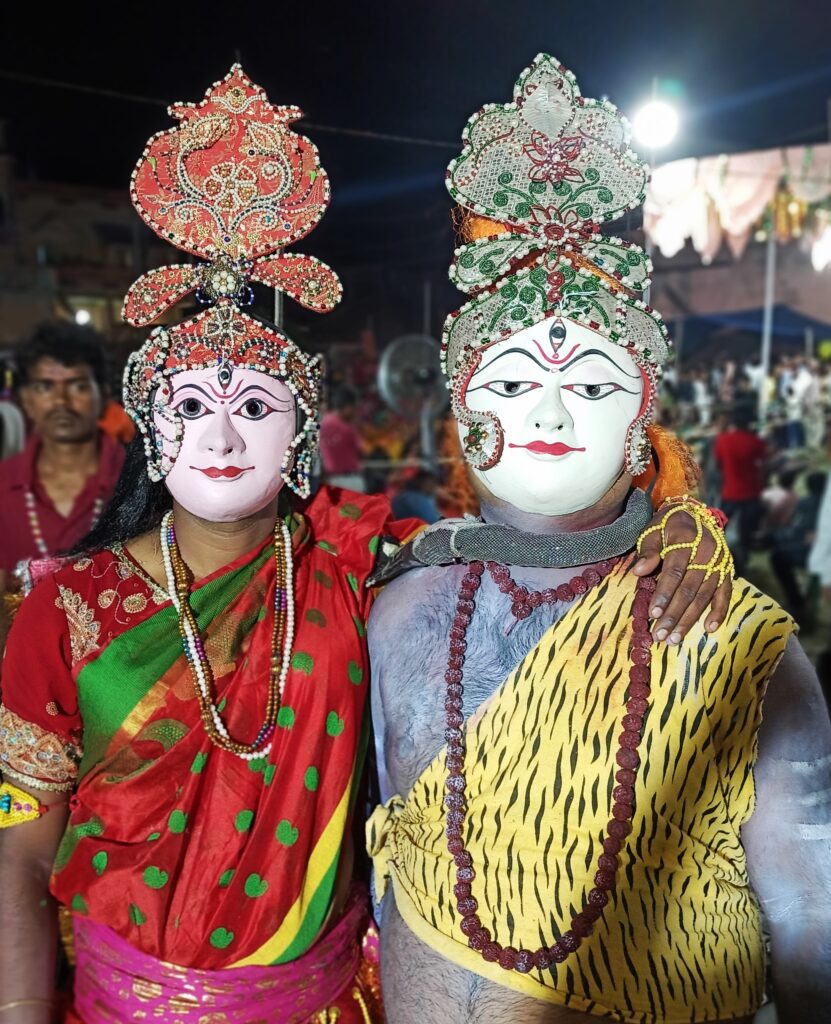

Introduction to Raja Sankranti
Importance of Raja Sankranti in Odisha
Raja Sankranti, a festival celebrated with immense enthusiasm in Odisha, marks the onset of the monsoon season. This festival, deeply embedded in the cultural fabric of the state, highlights the connection between nature and human life. Celebrated over three days, Raja Sankranti, also known simply as ‘Raja’, is a time when women take center stage, enjoying a well-deserved break from their daily routines. The festival symbolizes fertility, the rejuvenation of the earth, and the blooming of womanhood, intertwining nature’s cycles with cultural traditions.
Raja Sankranti 2024
In 2024, the festival of Raja Sankranti is celebrated on 15 June which falls on a Saturday.
Origins and Historical Significance
The origins of Raja Sankranti can be traced back to ancient agrarian societies, where the arrival of the monsoon was crucial for agriculture. Historically, the festival signified the preparation of the earth for sowing seeds, paralleling the idea of fertility and growth. Raja Sankranti’s roots are steeped in folklore and mythology, with many tales emphasizing the union of the earth and sky, represented by the goddess Basumati (Earth) being readied for the rains.
Cultural Symbolism
Raja Sankranti is more than just a festival; it is a celebration of womanhood and the earth’s fecundity. The cultural symbolism is rich, with swings representing the oscillation of life, the monsoon rains symbolizing fertility, and the decorated floors and courtyards reflecting the community’s artistic heritage. The festival’s essence lies in the joyous participation of women, who adorn themselves in new clothes, apply alata (a traditional red dye) on their feet, and engage in singing traditional songs, thereby perpetuating the cultural narratives of Odisha.
The Festivities of Raja Sankranti
Pre-Festival Preparations
The preparations for Raja Sankranti begin well in advance. Homes are cleaned and decorated with colorful designs called ‘jhoti’ or ‘chita‘, drawn on the walls and floors using rice paste. Traditional games like ‘puchi’ and ‘baaga-chhata’ are revived, and community spaces are set up with swings, which are the hallmark of this festival. Markets bustle with activity as people buy new clothes, jewelry, and the ingredients for festive delicacies.
Day-wise Celebrations
Raja Sankranti is celebrated over three main days: Pahili Raja, Mithuna Sankranti, and Basi Raja. Pahili Raja, the first day, is marked by women observing a period of rest and not engaging in household work. They wear new clothes, apply alata, and enjoy swinging on decorated swings. Mithuna Sankranti, the second day, is the peak of the festivities with various cultural events, community feasts, and traditional games. Basi Raja, the third day, involves more relaxation, with people enjoying leftover festive foods and continuing to swing.
The Three Days of Celebration
Pahili Raja (First Day): The festivities begin with Pahili Raja, where excitement fills the air as preparations are made. Homes are cleaned, and swings are set up, creating an atmosphere of anticipation and joy.
Mithuna Sankranti (Second Day): The second day, Mithuna Sankranti, is the pinnacle of the celebrations. Women and girls don new clothes, often traditional sarees, and apply alata (red dye) on their feet, enhancing their festive look. The sight of women swinging on beautifully decorated wooden or rope swings is iconic, symbolizing freedom and joy.
Basi Raja (Third Day): The third day, Basi Raja, is a day of relaxation and enjoyment, where the celebrations continue with feasting, singing, and playing traditional games.
Traditional Games and Activities
The festival is replete with traditional games and activities that foster community bonding and joy. Women and girls engage in playing indoor and outdoor games, some of which are unique to this festival. ‘Puchi’, a form of indoor hopscotch, and ‘baaga-chhata’, a tag game, are particularly popular. Additionally, folk songs and dances add to the festive spirit, with performances that narrate tales of love, nature, and the monsoon.


The Role of Women in Raja Sankranti
Significance of Swings
Swings hold a central place in the celebrations of Raja Sankranti. They symbolize the carefree spirit and the joyous oscillation of life. Women, especially young girls, delight in swinging high, singing traditional songs, and adorning the swings with flowers and vibrant decorations. The act of swinging is also symbolic of the earth’s preparation for the new life that the monsoon rains will bring.
Traditional Attire and Adornments
During Raja Sankranti, women and girls dress in their finest traditional attire. Sarees, lehengas, and other colorful outfits are paired with elaborate jewelry. The application of alata on the feet and hands is a customary practice, adding a touch of elegance and tradition. This adornment is not just for aesthetic purposes but also signifies cultural identity and continuity.
Culinary Delights Prepared by Women
The culinary aspect of Raja Sankranti is a delight, with women preparing a variety of traditional foods. Pithas (rice cakes) like poda pitha, chakuli pitha, and manda pitha are quintessential delicacies of the festival. These are often made from rice flour, jaggery, coconut, and other ingredients, symbolizing the agricultural abundance of the region. Community feasts, where these delicacies are shared, enhance the communal harmony and festive spirit.
Rituals and Customs
Bathing Rituals
A significant ritual of Raja Sankranti involves the ceremonial bath, which is believed to purify the body and soul. Women, in particular, take this opportunity to cleanse themselves, often using traditional ingredients like turmeric and neem leaves. This ritual is not just a physical cleanse but also a spiritual preparation for the monsoon season.
Worship and Offerings
Worship and offerings form an integral part of Raja Sankranti. Devotees offer prayers to Basumati, the Earth goddess, seeking blessings for fertility and prosperity. Offerings include fruits, flowers, and grains, symbolizing gratitude for nature’s bounties. In some regions, idols of the Earth goddess are created and worshipped, followed by rituals that mark the respect and reverence for the earth.
Agricultural Significance
Raja Sankranti holds immense agricultural significance. The festival coincides with the onset of the monsoon, a crucial time for farmers. The celebration includes rituals that seek the blessings of the earth for a bountiful harvest. Plowing is halted during this period, symbolizing the earth’s rest and rejuvenation. The festival also involves discussions and community prayers for good rainfall and agricultural success.
Raja Sankranti in Modern Times
Urban Celebrations
In modern times, Raja Sankranti has adapted to urban settings while retaining its traditional essence. Cities in Odisha witness a mix of traditional and contemporary celebrations, with community events, cultural programs, and public swings set up in parks and community centers. Urban dwellers participate enthusiastically, ensuring that the festival’s cultural heritage is passed on to younger generations.
Digital Influence and Social Media
The digital age has brought Raja Sankranti to global audiences. Social media platforms are flooded with pictures, videos, and posts showcasing the vibrant celebrations. Digital influence has helped in preserving and promoting the festival’s traditions, with virtual events and online cultural programs gaining popularity. This modern twist allows people from various parts of the world to engage with and appreciate the festival.
Government and Community Initiatives
Government and community initiatives play a significant role in the widespread celebration of Raja Sankranti. Local authorities often organize cultural events, fairs, and competitions to encourage participation. Community groups and non-profits work towards preserving the traditional practices, ensuring that the essence of Raja Sankranti is celebrated with full fervor. These initiatives help in maintaining the cultural heritage and fostering community spirit.
FAQs
What is Raja Sankranti? Raja Sankranti is a festival celebrated in Odisha to mark the onset of the monsoon season. It symbolizes the rejuvenation of the earth and womanhood, celebrated over three days with various cultural activities.
How is Raja Sankranti celebrated? Raja Sankranti is celebrated with swings, traditional games, cultural events, and community feasts. Women take a break from their daily routines, dress in traditional attire, and engage in singing and dancing.
What is the significance of swings in Raja Sankranti? Swings symbolize the oscillation of life and the joy of the monsoon season. They are central to the festival’s celebrations, representing the carefree spirit and the preparation of the earth for new life.
Are there any specific foods associated with Raja Sankranti? Yes, traditional foods like pithas (rice cakes) such as poda pitha, chakuli pitha, and manda pitha are prepared during Raja Sankranti. These delicacies are made from rice flour, jaggery, coconut, and other ingredients.
How has Raja Sankranti evolved over time? Raja Sankranti has evolved by adapting to urban settings and embracing digital influence. While traditional practices are preserved, modern celebrations include community events, social media engagement, and government initiatives.
Why is Raja Sankranti primarily celebrated in Odisha? Raja Sankranti is primarily celebrated in Odisha due to its cultural and historical significance to the region. The festival is deeply rooted in the agrarian lifestyle and the monsoon cycle, which are integral to Odisha’s heritage.









